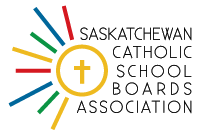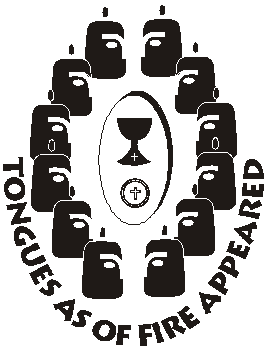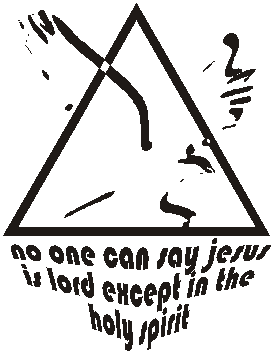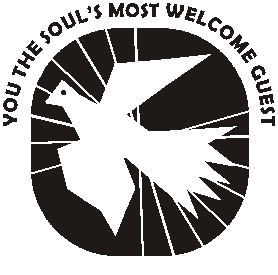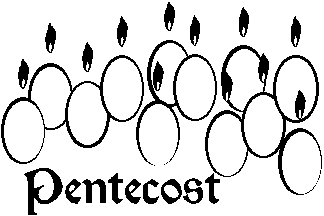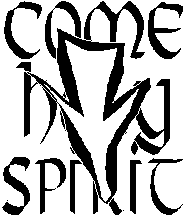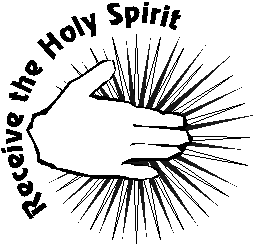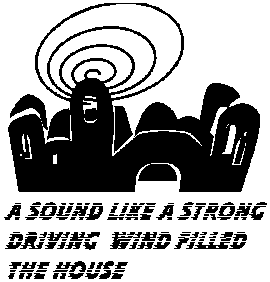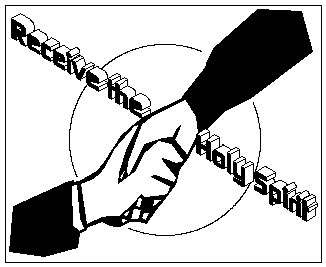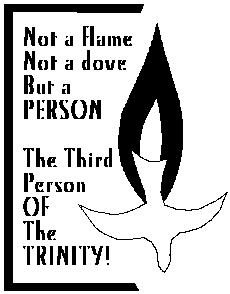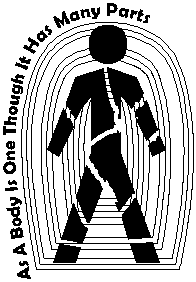
Pentecost
Thanks to www.thereligionteacher.com and all the creative faithful!
Pentecost Activities for Kids
Pentecost Lesson Plan (The Catholic Toolbox)
10 Pentecost Activities for Kids and Families (Traci Smith)
Holy Spirit Lap Book (Rosary Mom)
Activities for Pentecost (The Catholic Toolbox)
A Birthday Celebration Pentecost Activity (Sermons4Kids)
Filled with the Holy Spirit Balloon Activity (Sermons4Kids)
Prayers and Activities for the Feast of Pentecost (Sadlier)
Pentecost Activities and Black Line Masters (BLMs)
Eight Ways to Teach Ascension and Pentecost (Catechist’s Journey)
Four Ideas for Celebrating Pentecost (Catechist’s Journey)
Discipleship Pledge Cards for Pentecost (Catechist’s Journey)
Pentecost Worksheets
Pentecost Crossword Puzzle (DLTK)
The Day of Pentecost Crossword Puzzle (Sermons4Kids)
The Two Pentecosts Worksheet (Saint Mary’s Press)
Pentecost Crafts
Pentecost Bible Crafts and Activities (Danielle’s Place)
Pentecost Kites – (Diocese of Westminster Youth Ministry)
Holy Spirit Scripture Wheel (Catholic Playground)
Pentecost Play Doh Mat (Flame Creative Children’s Ministry)
Pentecost Stained Glass Craft (DLTK)
Easy Pentecost Craft for Kids (Catholic Icing)
Pentecost Pin-less Pinwheel (Catholic Inspired)
Holy Spirit Lesson Activities and Games
Holy Spirit Lesson and Paper Toss Game (The Religion Teacher)
7 Gifts of the Holy Spirit Lesson Plan (The Religion Teacher)
Catholic Confirmation Activities (The Religion Teacher)
Holy Spirit and Scripture Search (Ave Maria Press)
Holy Spirit Memory Game (Ave Maria Press)
Gifts of the Holy Spirit Dove Craft (Catholic Icing)
Fruits of the Holy Spirit File Folder Game (The Catholic Toolbox)
Holy Spirit File Folder Game (The Catholic Toolbox)
Quick Resources:
Sadlier Religion Pentecost Resources
Catholic Icing Pentecost ideas
Loyola Press Prayers to the Holy Spirit Activity
Loyola Press resources
Simple prayer for Pentecost
Pentecost ideas at the Catholic ToolBox
Pentecost on Pinterest
Pentecost in Two Minutes
The Story of Pentecost
| Holy Spirit Resources |
| Pentecost Year A |
| Pentecost Year B |
| Pentecost Year C |
| Holy Spirit Links |
| Vatican and Papal resources |
Pentecost – Year A
THE SEQUENCE
Several times a year the Church adds extra texts to the Mass. These are placed between the Alleluia and the Gospel and are called “Tropes” or “Sequences”. In the Middle Ages they developed as commentaries or reflections on the theme of the feast day. Because they had to be memorized, they were set to music. Eventually they included poems and material that had no official approval. Because of this, he Council of Trent reduced their number to four in the 16th century. (A fifth–the Stabat Mater–was later added.)
The Sequence for Pentecost is one of those texts. It is known as the “Golden Sequence” because of its sweetness and short length. It developed between the 11th and 13th centuries, possibly written by monks from Switzerland. Its Latin name is “Veni Sancte Spiritus”. There are several musical settings of the original poem.
HE BREATHED ON THEM
When Jesus appeared to the apostles on Easter Sunday, he breathed the Holy Spirit upon them. In Hebrew the word for “breath” and “spirit” are the same, so there is an obvious connection. We might form an image of Jesus breathing on the group of them from a distance, but there is a more revealing analogy.
CPR or Cardiopulmonary resuscitation is a process by which an unconscious person may be helped to breathe. Part of CPR involves mouth-to-mouth resuscitation. The person administering it clamps the victim’s nostrils, making an airtight seal over his mouth and breathes into it about twelve times per minute. It has been called “the Kiss of Life”. Jesus breathed a kiss of life into the souls of his followers. We still receive that kiss from God, the Holy Spirit.
Pentecost – Year B
The Feast of Weeks
 Israel is a fertile country with two or more harvests a year. The first one comes around the beginning of June, approximately seven weeks after Passover. Biblical people celebrated a sort of Thanksgiving holiday, appropriately called “The Feast of Weeks” or Shavuot in Hebrew. It also recalled the Covenant God made with the Israelite at Mount Sinai.
Israel is a fertile country with two or more harvests a year. The first one comes around the beginning of June, approximately seven weeks after Passover. Biblical people celebrated a sort of Thanksgiving holiday, appropriately called “The Feast of Weeks” or Shavuot in Hebrew. It also recalled the Covenant God made with the Israelite at Mount Sinai.
The Apostles were holding a secret observance of the holiday to avoid being arrested. Suddenly their fear vanished when the Holy Spirit descended on them. We know the Feast of Weeks as “Fifty Days” or in Greek, Pentecost.
When Did The Spirit Come?
The Christian tradition is that the Spirit came on Pentecost, but John’s gospel says that Jesus gave the Holy Spirit on Easter. How can this conflict be resolved?
The answer may be that Jesus sent the Spirit earlier, but that the apostles weren’t capable of accepting the Spirit until after Jesus left them.
What must you do to be able to receive the Spirit of God?
BOSOM OF ABRAHAM
Pentecost Sunday – Year C
NOT A DOVE, NOT A FLAME, BUT A PERSON!
If you were asked to draw a picture of God the Son, you might sketch a young man with long hair and a beard. If you were asked to draw a picture of God the Father, you might fashion an image of an older man with white hair. How would you draw a picture of the Holy Spirit? Most artists have been content with using images from the Bible–a dove or a flame. Is this adequate?
Jesus’ description of the Holy Spirit is that of a person. “I will ask the Father and he will send you another defender. When he comes… he will guide you to all truth.” (Jn 15:16; 16:13) The best image of the Holy Spirit might be that of the Russian Icon by Andrei Rublev, a 15th century artist. He portrays three visitors to Abraham mentioned in Genesis 18. They are identical in appearance, though their clothing differs.
The point is that God the Holy Spirit is a loving, caring and beautiful person. The Holy Spirit should be treated in the same way as God the Father and God the Son.
AS A BODY IS ONE
The central point in Paul’s teaching is the notion that all of Jesus’ followers are united. This is more than a symbolic unity–that we are together in a common faith. Paul believes that there is a real physical and mental link between us. He uses the human body as an illustration of this basic thought.
Your body is a combination of many individual components: hands, feet, eyes, bones, etc. Today, we might compare it with a computer that has a monitor, keyboard, central processor, modem–all linked together by wires (or even wireless). Each part is harmonized by our brain, or more specifically, by our soul. When the soul leaves the body, the individual parts no longer act in harmony.
The Holy Spirit is the connecting link in our faith-body. He (or She) harmonizes our individual gifts for the benefit of the whole community.
Holy Spirit links
- The Holy Spirit And Mary – Article by Dwight P. Campbell – “An explanation of St. Maximillian Kolbe’s Marian theology which reveals “the hidden relationship between the Spirit of God and the Virgin of Nazareth”…”
- Holy Spirit and Fire by Rev. Raymond K. Petrucci, Spirituality for Today February 201: The action of receiving a baptism with the Holy Spirit and with fire conveys not only a divine gift, but also a human responsibility.
-
- Links to images of Pentecost – An extensive listing of links to works of great painters on the Holy Spirit and Pentecost.
- Holy Ghost – Article in the Catholic Encyclopedia.
Vatican Documents on the Holy Spirit
Catechism of the Catholic Church
- Dominum et Vivificantem (May 18, 1986): On the Holy Spirit in the LIfe of the Church and the World
- Redemptoris Missio (December 7, 1990): The Holy Spirit: The Principal Agent of Mission
- Letter to Artists (April 4, 1999)
- Christifideles Laici (December 30, 1988): Holy and Living Temples of the Spirit
- Catechesis on the Gifts of the Holy Spirit
Series of “Regina Coeli” and “Angelus” given by the Holy Father in 1989:
- Reflection on the Seven Gifts of the Holy Spirit (April 2, 1989)
- Gift of Wisdom (April 9, 1989)
- Gift of Understanding (April 16, 1989)
- Gift of Knowledge (April 23, 1989)
- Gift of Counsel (May 7, 1989)
- Gift of Fortitude (May 14, 1989)
- Gift of Piety (May 28, 1989)
- Gift of Fear of the Lord (June 11, 1989)
